5 Technology Trends Transforming Workspaces in the Post-COVID World
Businesses that were in the early stage of digital transformation before COVID-19 have realized the importance of deploying advanced technologies and tools.
Hybrid and remote workstyles have become mainstream.
From daily operations and communication to customer support and services, businesses are harnessing cutting-edge technologies and tools to ensure seamless work.
In fact, reports state that the global digital transformation market will reach $1,009.8 billion by 2025. The compound annual growth rate (CAGR) estimation is 16.5%. No wonder, work processes can never be the same as in pre-pandemic times.
For businesses looking to achieve a complete digital transformation, understanding and implementing the current tech trends can be helpful.
In this post, we will share the top five technology trends transforming workspaces in the post-COVID world.
1. Introduction to Immersive Collaboration Tools
Deploying collaboration tools like video conferencing, digital chats, and cloud-based apps to keep distributed workforces on the same page is not a new practice.
However, the pandemic led to a massive surge in collaboration tool usage.
According to Statista, the US observed:
- 30% increase in Hangouts Meet downloads
- 11% increase in Microsoft Teams downloads
- 14% increase in Zoom downloads
Since digital transformation has taken the world by storm, these collaboration tools alone can’t suffice modern-day business needs. The prime reason is the sense of detachment that has led to several mental health issues like stress and burnout among working professionals.
The worst part is only 56% of remote employees feel comfortable discussing their issues with supervisors.
A survey by Deloitte affirms that work-related burnout is one of the top three reasons for quitting jobs. It further states that 40% of Gen Zers (ages 19-24) and 24% of millennials (ages 28-39) would quit their jobs in a couple of years.
That said, the Great Resignation may not end any soon.
So, integrating immersive collaboration technologies, such as augmented reality (AR) and virtual reality (VR) in the workplace, is on the rise as they allow professionals to feel closer to global teams.
Both AR and VR imitate real-life interactions by offering three-dimensional visual content. This helps make virtual meetings engaging and interactive. The immersive telepresence experience evokes levels of belonging and empathy as if one were present.
Reports state that AR and VR industries will reach a $95 billion market by 2025.
The AR and VR arena is still in its development stage. That said, companies are working towards enhancing user experience and functionalities. So, there are high chances of it becoming wholly mainstream in the upcoming years.
Pro Tip: If you are a business looking to implement immersive collaboration technologies, AR and VR-based collaboration tools like Help Lightning, Zoho Lens, and The Wild can help.
2. Tech to Promote Health and Safety Is a Top Priority
Promoting employees’ health and safety is a primary concern for every business. The more healthy and safe employees feel, the better their productivity. While most businesses extend employee health insurance benefits, the uncertain times call for more supportive initiatives.
The pandemic has already revealed how the health of one employee can become an impediment to the well-being and safety of the entire team.
In 2021, a study revealed that 68% of working professionals did not feel entirely safe working in offices. As a result, the Occupational Safety and Health Administration (OSHA) issued around $3.8 million in penalties for COVID-19-related safety citations.
Creating a culture of psychological safety is equally crucial. This ensures that employees not only feel physically secure but also comfortable expressing their concerns, ideas, and feedback without fear of repercussions. So, small, medium, or large, all businesses are now using advanced tools to promote health and safety in the workplace.
From applications that track COVID-19 vaccination status to test results, companies are moving towards robotic automation solutions to keep employees safe.
The UiPath robot is an excellent example.
The robot helps businesses streamline their employee screening process by sharing a health survey on communication channels like Slack and WeChat. The robot collects the data and creates a detailed health report for the HR leaders to review.
What’s more?
Companies are majorly investing in hazard-detecting visitor management systems.
For instance, Lionsgate uses the visitor management system called Envoy for daily health screening of their employees. The software detects whether the person walking in the office is symptomatic, thereby enabling a safe workplace.
Pro Tip: According to a survey, 86% of working professionals believe that voice tech can help them stay safe. In fact, 91% of business leaders are investing in voice-enabled devices.
So besides the above-shared health and safety tools, businesses can invest in voice-enabled appliances to minimize physical contact with office surfaces. For instance, employers can install voice biometrics apps like ID R&D. This will enable the staff to enter and exit the workspace without touching the door handles.
3. Productivity Tracking Apps Are Being Used Widely
A productive workforce is the biggest asset for any organization.
Research states that employees who work in a positive environment and are satisfied with their job roles are more productive than others. Their psychological health remains stable, thereby minimizing work-related stress.
What’s more?
A happy and productive workplace can reduce attrition rates.
No wonder, advanced artificial intelligence-based (AI) productivity tracking apps are dominating the industry and will continue to do so in times to come.
AI-powered productivity apps help automate the employees’ workload and enhance their work efficiency and productivity. On the other hand, they enable employers to track employees’ activities and performance. This can help employers reward deserving employees with appropriate incentives, thereby creating a fair pay ecosystem.
Here are a few examples of advanced feature-equipped productivity tracking apps.
- Data Tracking and Verification App
The leading brand Grant Thornton, with an employee strength of over 56,000, is leveraging the power of Timely. This app helps HR leaders track and verify employees’ work and data within a few clicks.
- Productivity Tracking App for Developers
Tara is an AI-based productivity tool that helps software developers speed up their development process. Brands like Thesis Agency use it to support their IT team work seamlessly.
Here’s what Michael Barrett, Director of Technology at Thesis Agency, has to say:
“I’ve been able to course correct and even out my team’s workload as we launch critical updates for customers.”
- Non-Conventional Apps to Boost Work Performance
Brain.fm is a unique app designed to stimulate the brain’s activities of employees, which can help boost productivity. This app generates rhythmic music that blends into the background. Listening to this app’s music playlist is proven to optimize work performance.
If you are an entrepreneur looking for the best-in-class solutions to boost your team’s productivity, implementing AI-powered productivity apps can be a smart move.
Check out the list of the most popular productivity apps.
4. Investment in People Analytics to Build an Equitable Workplace
Workplace equity signifies providing fair opportunities for all employees while considering their individual needs. For instance, businesses need to understand and acknowledge demographics like – gender, gender identity, ethnicity, race, disabilities, and more.
An organization that empowers men, women, and others with resources and support to reach higher ranks is an equitable workplace. Equity imbibes a sense of inclusiveness in the workplace.
As working professionals demand workplace equity, businesses are moving forward with people analytics tools that promote workplace equity.
No wonder, Amazon discarded a resume screening tool showcasing bias against women and implemented people analytics tool.
What is people analytics?
People analytics is a goal-focused, data-driven technique of understanding job roles, processes, challenges, and unique opportunities to maximize positive business outcomes.
HR leaders are deploying people analytics tools to make accurate decisions about recruiting, training, promoting, and paying compensation to their teams. These tools create algorithms based on employees’ data to identify and close gaps in payment and employment.
ChartHop is one of the leading tools being used by firms like InVision and 1Password to improve insight into their global workforce. This software can be integrated with existing HR software to create workplace equity. The cost-efficiency of ChartHop makes it an ideal fit for small businesses.
Consider people analytics software to uncover your team’s true potential.
5. Advanced Cybersecurity Tools Are a Growing Business Need
In this era of digitization, cyber threats are becoming prevalent.
Reports state that 39% of businesses in the UK have experienced a cyber security breach in the last year.
And the loss is not restricted just to money. A survey revealed that around 41% of consumers lost their trust in several businesses post online security breaches and admitted not buying anything from those brands.
An unprotected business environment is an open invitation to cybercriminals. So, it’s pivotal for businesses to safeguard their confidential data and online presence.
Top technology players are making advanced cybersecurity tools available for businesses at cost-efficient prices. Small businesses can leverage the power of these tools without going overboard with their budget.
For instance, Nikto is open-source software that offers advanced features to detect over 6400+ web vulnerabilities and threats. Nikto’s team updates the database at regular intervals to identify emerging vulnerabilities.
Forcepoint is another feature-equipped cybersecurity tool offering security for cloud users. This tool can handle network security, restrict unauthorized users from accessing content, and block malicious intrusions.
Thousands of renowned firms like IBM, Walmart, and Accenture trust this software for their business processes and security.
Customers today trust and demand a more secure online experience than it was earlier. So, if you are a brand that wants to maintain a positive online reputation, you should focus on enhancing your cybersecurity.
Summing Up
Tracking, analyzing, and following post-COVID workplace trends have become more crucial than ever. Businesses that want to stay ahead of competitors and mitigate the risks of uncertain times in the future should invest in advanced tools and technology.
So, follow the shared trends and tools to navigate the challenging digital landscape. Deploying the abovementioned tools and resources can make your business future-proof.

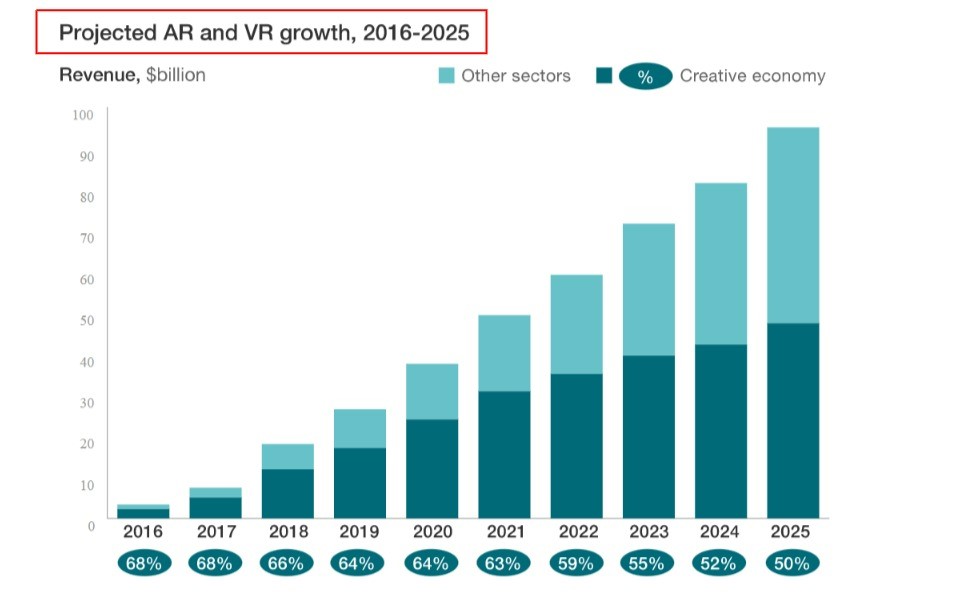
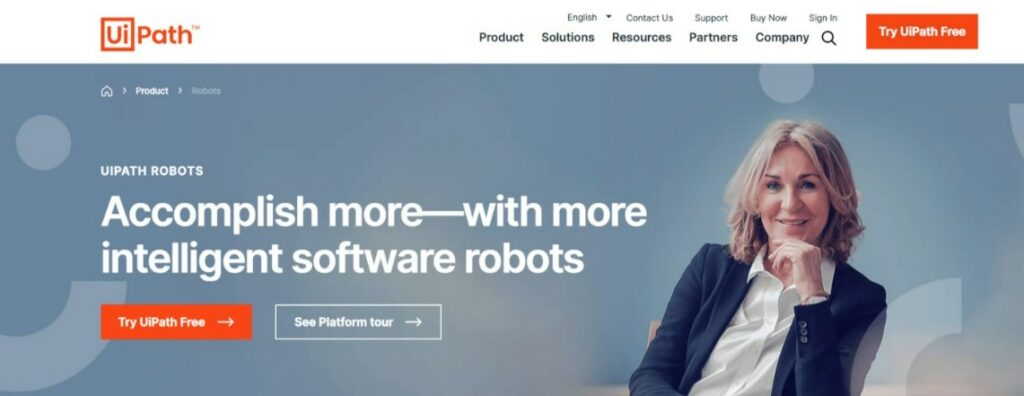
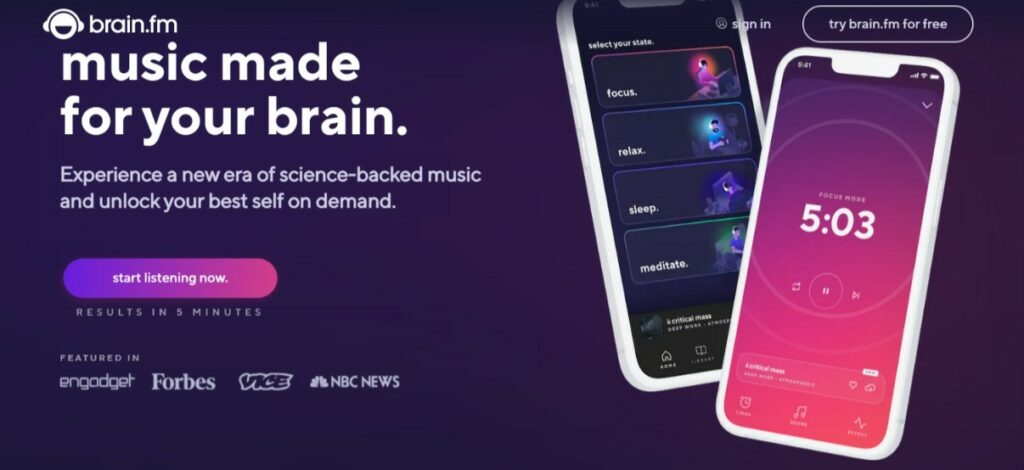
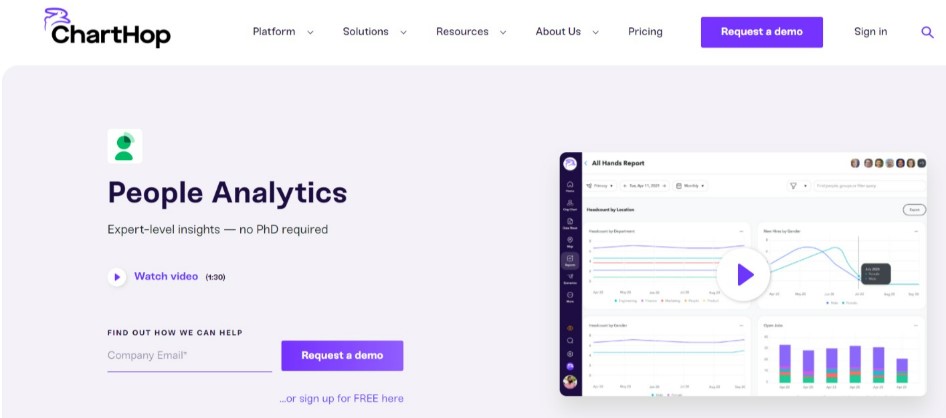
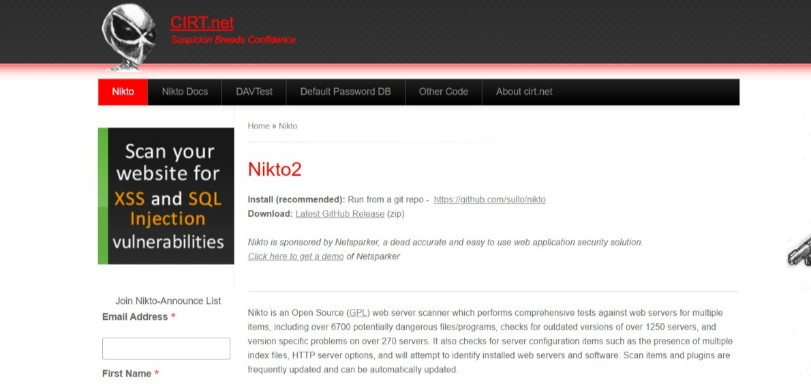
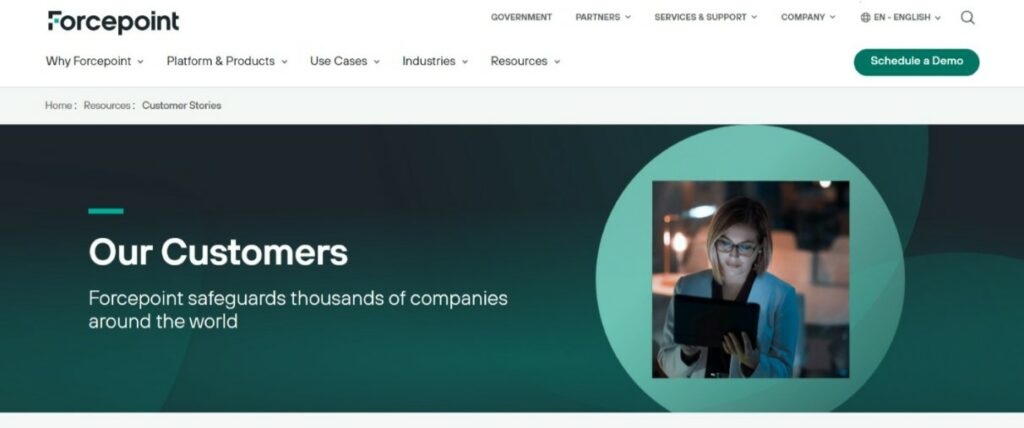
2 thoughts on “5 Technology Trends Transforming Workspaces in the Post-COVID World”